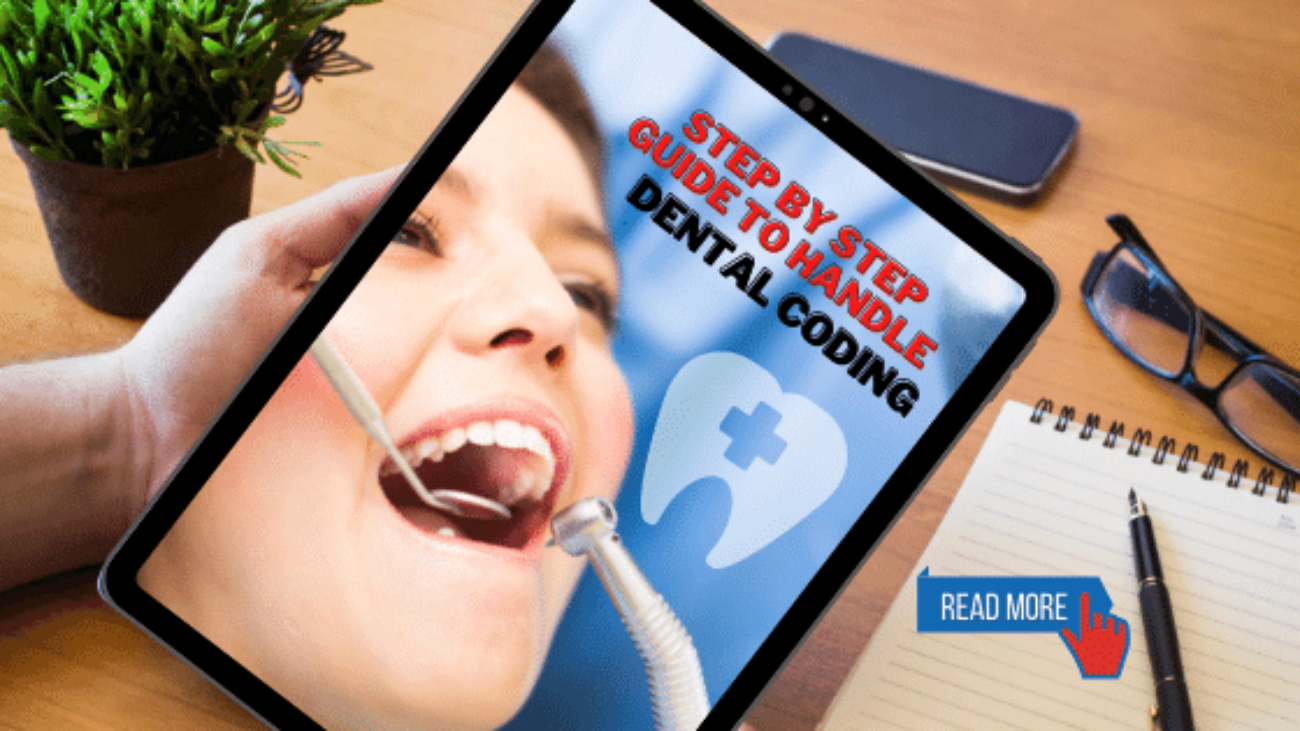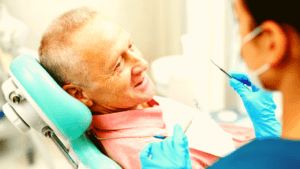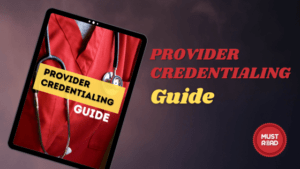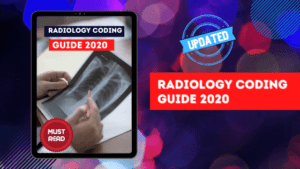Did you know that dental coding remain as a crucial area for many dental practices? It also counts the ability to code various procedures for proper reimbursements. To be clear at the point, accurate coding is often critical and also confusing. Dental coding involves different set of codes unlike medical billing.
While we are already aware of medical coding which relies on CPT (Current Procedural Terminology) coding, Dental coding particularly uses Current Dental Terminology (CDT) coding. It’s basically maintained by American Dental Association. It holds on to the codes those are essential for various dental procedures for dental claim submission.
CDT codes in Dental coding:
- CDT codes in dental coding are set of codes utilized for different procedures in oral health and industry.
- These procedural codes are alphanumeric and always start with the letter ‘D’ followed by the numbers.
- There are also descriptions written for few dental procedural codes and set of CDT codes in dental coding is considered by the types of services rendered.
- Those services goes as following:
- Diagnostic
- Preventive
- Restorative
- Periodontics
- Endodontics
- Removable Prosthodontics
- Implant services
- Maxillo facial prosthetics
- Fixed Prosthodontics
- Oral and maxillo facial surgery
- Orthodontics
- Adjunctive General Services
- Difference between CPT and CDT coding is that CDT dental coding encourages and supports in limited usage of codes assigned by dental professionals or hygienists to any category in the sections of CDT codes.
Are CDT codes always necessary in Dental Coding?
- It’s difficult to assure when to use CDT codes and CPT codes, as it totally depends on the type of insurance availed and to which the claim was actually billed.
- As already known, healthcare professionals usually have three types of options for insurance coverage. They are:
- Medical
- Vision
- Dental
- If healthcare professionals submit their dental claims either in-network or out of network or if there are HIPAA compliant and also engaged in electronic transmission, CDT codes are used in dental coding procedures.
- These CDT codes have been designated by U.S Federal Government as national terminology to use them to report dental services on claims for private or third party insurance companies.
- CDT coding was also considered and also designated as mandatory standard for electronic communication of dental services and procedures.
How CDT codes are determined by Dental Practices:
- Firstly, in order to assign CDT dental coding for dental procedures and services, the patient must have chosen dental insurance.
- If no, the insurance companies deny paying for the procedures or services rendered. The coverage will not support medical insurance.
- Most of the patients mistake that medical insurance coverage also covers dental services. But it’s not true.
- Healthcare professionals or dental practitioners must pay attention towards the insurance coverage that patients possess.
- There are certain cases where dental care is performed according to medical conditions. Then there’s a chance for patients to bill it under medical insurance. But it’s not easy to have billed from insurance companies without explaining the procedure in detail and convince the need for such dental service under particular medical conditions. Even then the services are billed under specific medical conditions.
- For instance, if the patient has the ulcer or cyst in the gums and they are incised and drained in provider’s office, the procedure can be billed as either dental or medical.
- The dental coding and medical coding for the same procedures are different. The dental code (CDT) for incision and drainage of abscess of intraoral soft tissue is D7510 whereas medical code for the same procedure is 41800.
- This explains that the patient can either opt for dental billing or medical billing and also can go to dental or medical office to receive the same diagnosis or treatment. But the billing would be with different insurance companies.
- Most of the medical plans eliminate coverage for the procedures involving teeth, the payer coverage terms also states that any connection with teeth that includes care, treatment, filling, removal and replacement will not be paid either for patient or dentist.
- Some medical plans will also cover few surgeries and dental implant issues. Typically, dental claim is submitted, if it’s denied, the medical claim is submitted.
Procedure for submitting CDT codes:
- If medical claims uses CMS 1500 form to submit their claims, dental claims use J400 form for claim process.
- This claim form is typically designed to fit in with the dental information.
- The information required to be included in the claim form is:
- Area of oral cavity
- Tooth system
- Tooth surface
- Tooth number or letter
- Procedure description
- Teeth information that’s missing
- The above information is added to the dental claim form for submitting the claim. It’s also indicated when dentist performs necessary procedures.
Updates on CDT Dental codes:
- Every year in the month of March American Dental Association holds a meeting to determine new dental codes for that year.
- For 2020 , there were about 156 ADA code change requests out of which 37 new codes, 5 revised codes and 6 deleted codes are added to dental procedural codes of 2020 CDT dental coding.
- Most of the CDT 2020 code changes relate to specific coding. The new dental code that applies to patients with dental needs is specially assigned for special treatment conditions that require modifications while rendering oral healthcare services.
- CDT coding is also critical sometimes. Accurate and uniform dental code assignment helps dentists to maintain proper record and accurate claim submission.
- It directly relates to the continuous reimbursements for dental services without any delay.
- Regular coding review can reduce the risk of fraudulent services while assuring with compliance.
New codes for Dental Coding:
- D0419: Assessment of salivary flow by measurements.
- D5284: Removable unilateral partial denture and one piece flexible base including claps and teeth per quadrant.
- D2753: code for crown, titanium as well as titanium alloys.
- D5286: Removable unilateral partial denture and one piece resin including claps and teeth per quadrant.
- D6082: code for implants supported by crown, porcelain fused to predominant base alloys.
- D6083: code for implants supported by crown, porcelain fused to noble alloys.
- D6084: code for implants supported by crown, porcelain fused to titanium or titanium alloys.
- D6086: implants supported by crown and predominant base alloys.
- D6087: implants supported by crown and noble alloys.
- D6088: implants supported by crown and titanium alloys.
CDT updates for 2022
The American Dental Association has released the coding changes in dental practice that are effective from January 1, 2022. The changes include 14 revised codes, 16 new codes and 6 deleted codes. There is also a dedicated section of ICD-10 codes in the new CDT update. CDT undertakes new codes which cover the following services and procedures:
- Pre-visit patient screening
- Rebasing of hybrid prostheses
- Removing temporary anchorage devices
- Intra and extra coronal splints
- Partial dentures done immediately
- Repairing and adjusting sleep apnea appliances
There are 8 specific codes for testing and vaccine administration of pathogens which are a threat to public health. ADC included these coding changes as part of the ongoing pandemic situation.
D0606 refers to molecular testing for a public health-related pathogen, including coronavirus. This code is in congregation with two other pandemic specific codes introduced in 2020. They are:
- D0604: antigen testing for a public health-related pathogen, including coronavirus
- D0605: antibody testing for a public health-related pathogen, including coronavirus
The other 7 new codes refer to the vaccine administration process.
- D1701 and D1702 refer to Pfizer-BioNTech COVID-19 vaccine administration first dose and second dose respectively.
- D1703 and D1704 refer to Moderna COVID-19 vaccine administration first dose and second dose respectively.
- D1705 and D1706 refer to AstraZeneca COVID-19 vaccine administration first dose and second dose respectively.
- D1707 refers to Johnson & Johnson COVID-19 vaccine administration.
Earlier, the Code Maintenance Committee of the ADC had received code action requests from the American Association of Orthodontists (AAO) regarding three specific codes which in their opinion gave rise to more confusion. The approval of the action requests has led to two code deletions and one code revision.
Deletion of Codes:
Codes D8050 and D8060 stand as deleted effective January 1, 2022. The Interceptive Orthodontic Treatment subcategory nomenclature and descriptor are deleted under the same request. The point of confusion lay with its clinical similarity to the Limited Orthodontic Treatment procedures. Removal of this code will put an end to the redundancy and confusion over the same.
Code D8690, previously referring to orthodontic treatment (alternative billing to a contract fee) also stands deleted under the same category. This code, according to the AAO, referred to a service that was not a real medical procedure. They had highlighted the redundancy of this code in view of the existing codes.
Revision of codes:
Codes D8010, D8020, D8030, and D8040 underwent revisions in the language for the Limited Orthodontic Treatment. According to the new definition, Limited Orthodontic Treatment is any orthodontic treatment that utilizes the therapeutic modality with limited scale of treatment and objective occurring in any stage of the dentition.
For more suggestions, please comment below, we will definitely consider them if relevant. For more queries and updates on healthcare, please subscribe to our blog.




